This is how Gov. Kevin Stitt has shaped the Oklahoma Supreme Court
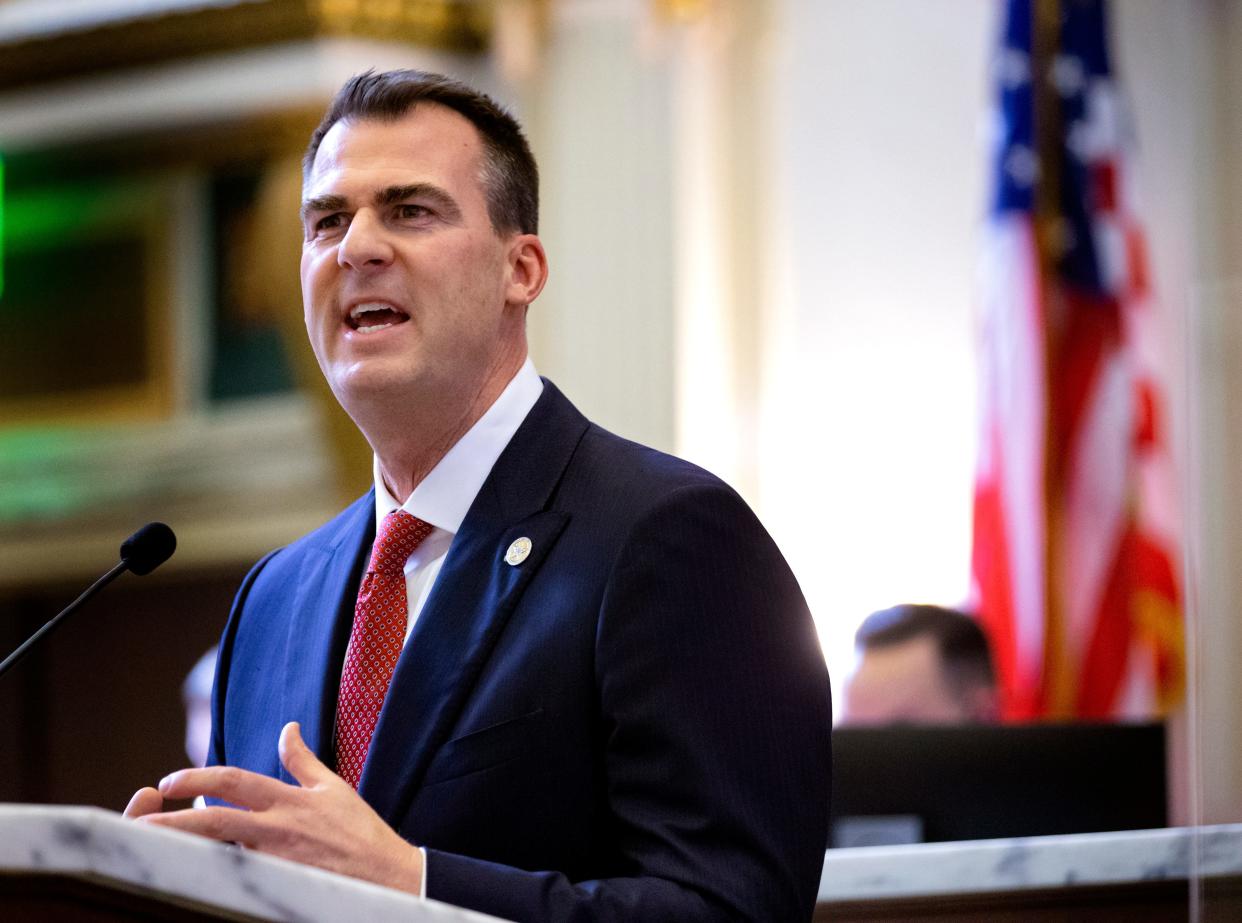
- Oops!Something went wrong.Please try again later.
Gov. Kevin Stitt has not always found the state Supreme Court friendly to his policies and efforts. He’s lost cases concerning abortion bans, privatizing Medicaid, signing compacts with tribal governments, and banning mask mandates at schools.
Some high-profile rulings have been the only check on Stitt’s power, which the state Legislature significantly expanded during his first term by giving him more control over state agencies.
But the three justices Stitt, a Republican, has appointed since becoming governor seem to have shifted the court's political ideology, especially when it comes to gubernatorial power, even though they weren't enough to overturn some rulings.
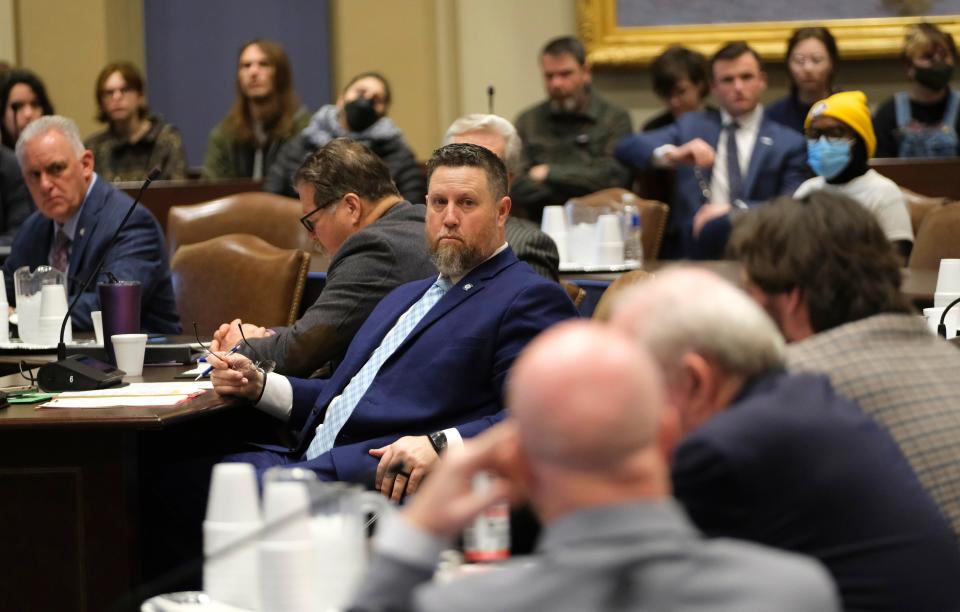
Lawmaker calls for changes to how Oklahoma's highest civil court is structured have increased in recent years, including some who want to see the governor have more power over how justices are selected. Judicial reform is "more and more of a necessity" state Sen. David Bullard, R-Durant, said this year after the court overturned two abortion bans.
Asked if the governor wanted to change the way Supreme Court justices are selected, specifically by giving him more power, Stitt's office said, "The Governor is open to reforms. He has not been presented any formal plans at this time."
But when the court this year overturned two abortion bans he signed, Stitt accused the justices of activism and claimed the court “over-involved itself in the state’s democratic process.”
Here is a look at how the state’s Supreme Court is structured, what its political lean has been in recent years, how Stitt has shaped that political lean, and why reform efforts might increase in the coming years:
How are justices appointed to the Supreme Court?
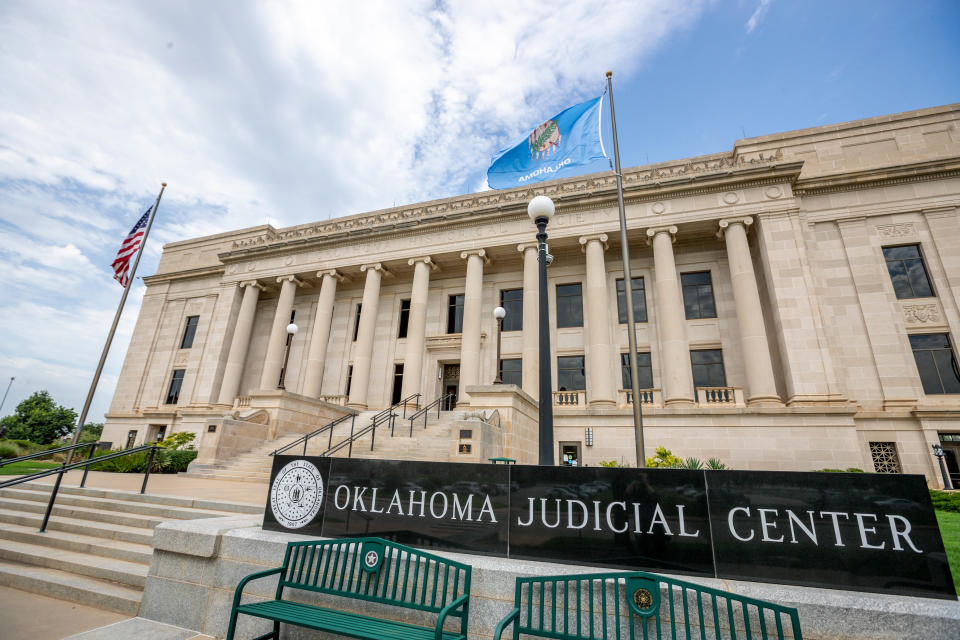
When there is an opening on the nine-member Supreme Court, the Judicial Nominating Commission presents the governor with three options, from which he must choose.
Established in 1967 after a scandal that resulted in the criminal convictions of two Supreme Court justices and the impeachment of another justice, the 15-member commission is made up of six attorneys selected by Oklahoma Bar Association members, another six non-attorneys appointed by the governor, and three additional non-attorneys picked the Senate pro tempore, the House speaker and the rest of the commission. At least 10 other states use a similar appointment method.
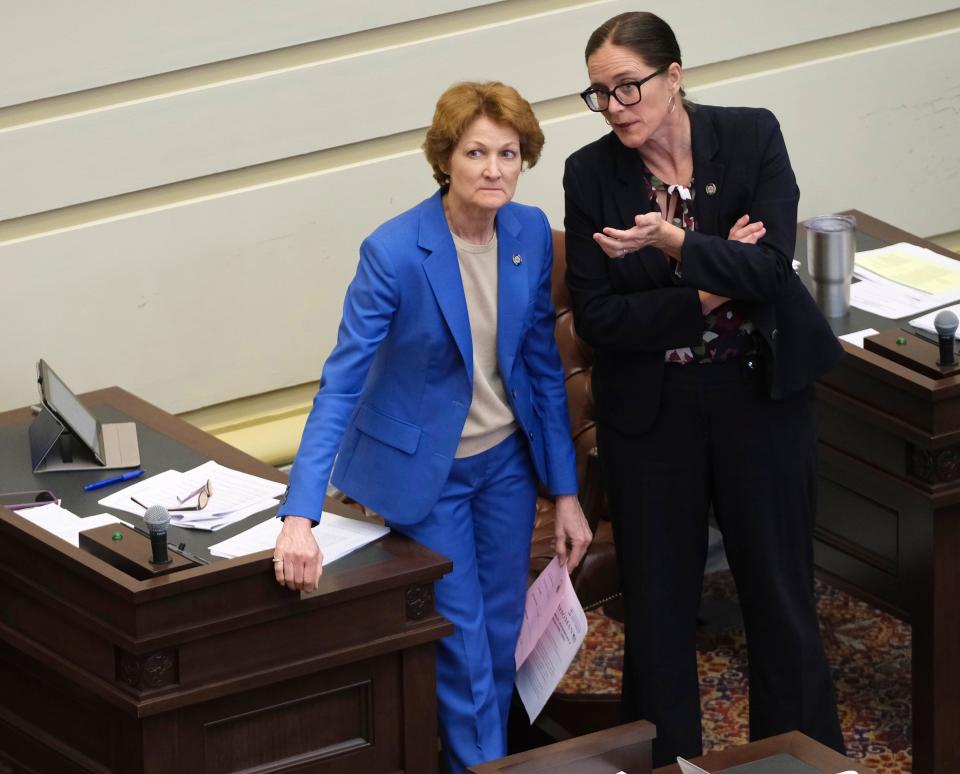
"The JNC has been a point of controversy, but it has been a one-sided controversy," said Senate Minority Leader Kay Floyd, D-Oklahoma City, during a committee hearing, referring to Republican efforts to end the JNC. "The system has worked the way it was intended to work. The JNC has worked."
A judge appointed to the court by the governor must appear on a statewide retention ballot the next year, and, if elected to remain, will serve a six-year term before appearing again on a statewide retention ballot. No justice has ever lost a retention election in Oklahoma.
The Supreme Court is the state’s court of last resort on civil appeals, while the Oklahoma Court of Criminal Appeals reviews criminal cases.
What’s the court’s political lean?
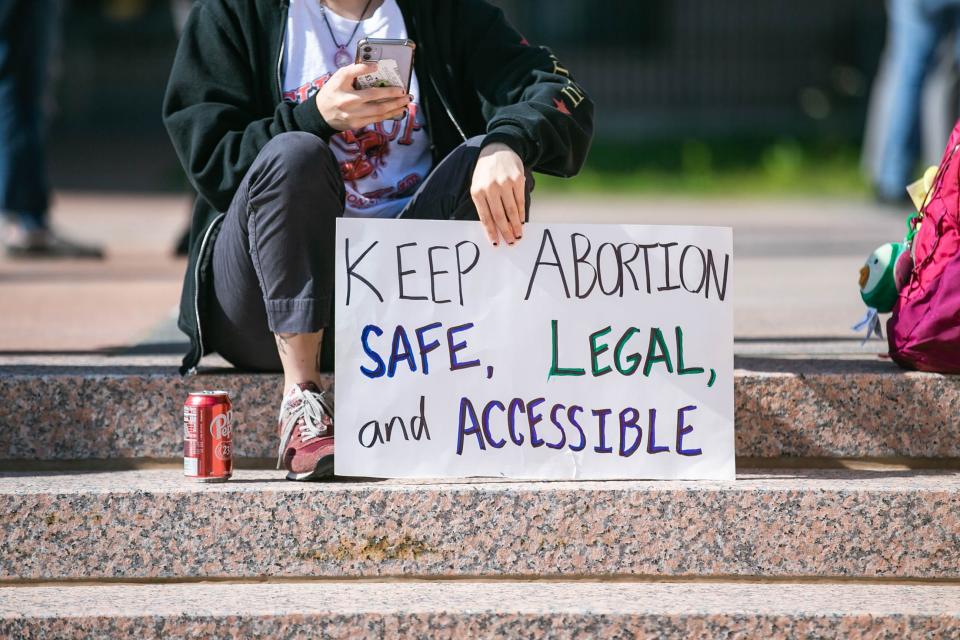
Assigning the court a political lean or rating can be difficult given the high number of cases they review that seemingly have nothing to do with partisan politics.
A majority of the current justices — five — were appointed by Republican governors, but whether a decision is slanted in one political direction or another can often be up to the eye of the beholder. Several high-profile decisions in recent years have appeared to lean more to the left, at least compared to the political makeup of the state’s Legislature. Some decisions went against the governor, a Republican, but were in favor of legislative leaders, who are also Republicans.
Here are some of those cases:
In 2015, the state Supreme Court ruled that a Ten Commandments monument on the state Capitol grounds violated the Constitution. The 7-2 decision angered many Republican lawmakers, including one who wanted to see several of the justices impeached.
In 2021, the court tossed out multiple gaming compacts Stitt signed with tribal governments in an attempt to go around the state Legislature. The ruling was a blow to Stitt but was a victory for legislative leaders.
Also in 2021, the court invalidated Stitt’s attempt to implement a managed care plan for the state’s Medicaid system.
Last year, the court struck down the governor's influence over school mask mandates. The court decided a new law that made school mask mandates contingent on the governor declaring a state of emergency was “impermissible” and denied a school district local control.
This year the court struck down three strict abortion laws saying they violated the Oklahoma Constitution. The court's majority held that the constitution provides an inherent right for a woman to terminate a pregnancy to save her own life and does not require the danger to be imminent.
More: After Okla. court struck down two abortion bans, one law remains. Here's what it says.
How has Gov. Stitt shaped the court?
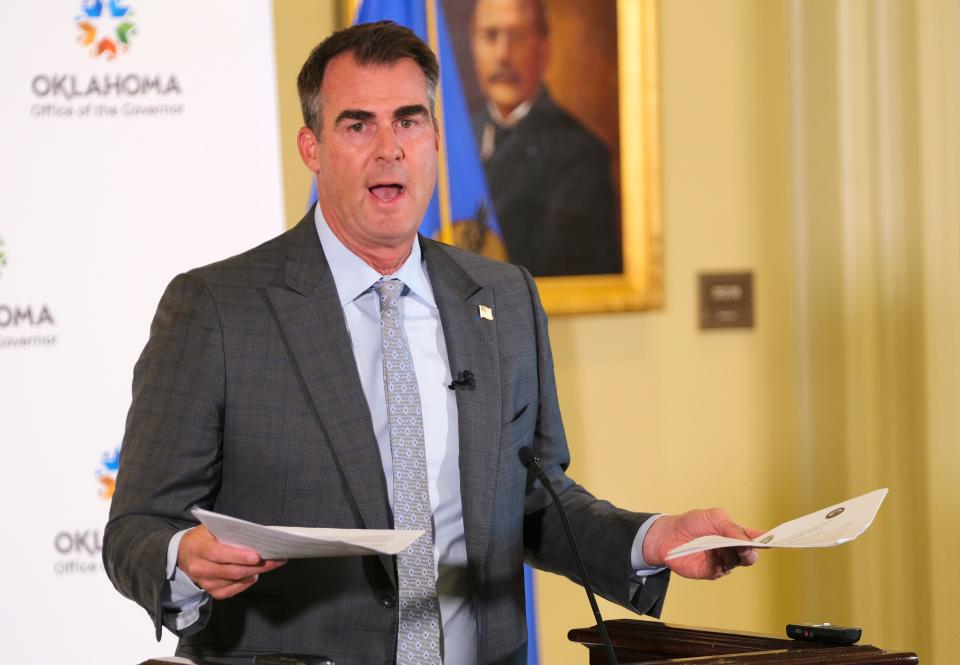
Stitt has appointed three justices since becoming governor in 2019, and while some say the current system of selecting names from the commission's list has handcuffed him, Stitt’s appointees have still altered the political lean of the court.
All three of Stitt’s justices voted to uphold the state’s abortion bans, fulfilling his campaign pledge to only appoint “pro-life” justices and making any future appointees by him potentially consequential toward reproductive rights in the state.
Stitt’s appointees also mostly have voted in favor of him having expanded power, including over tribal compacts as they often dissented from the majority.
The 2015 ruling against the Ten Commandments monument at the state Capitol is notable given state schools Supterintendent Ryan Walters’ push to display the Ten Commandments in every public school classroom. Stitt has supported Walters and many of his culture war efforts, and enacting a requirement to put the Ten Commandments in every classroom likely would draw a legal challenge.
If all four of the new justices appointed after that 2015 ruling now voted in favor of the monument being displayed on state property, it would be enough to change the outcome.
What would reform look like?

Some lawmakers have proposed doing away with the Judicial Nominating Committee and allowing the governor to select any name he wants, followed by some form of legislative confirmation more in line with the U.S. Supreme Court nominating process. A bill that would have asked voters to do away with the commission stalled last year.
Supporters of the current system say a change would open the state to the type of corruption that hit the state in the 1960s, which voters responded to by enacting the current commission process.
"Court reform proposals approved by voters more than a half-century ago have worked well," wrote Bob Burke, an Oklahoma attorney and member of the Oklahoma Bar Association, in a May article for the Oklahoma Bar Journal magazine. "No scandal has touched members of the state’s highest courts. The judges selected, from district judges to Supreme Court justices, have furthered the goal of judicial independence."
But Sen. Julie Daniels, R-Bartlesville, the author of two abortion bans the court struck down this year, called the recent decisions a “wake-up call” for the state Legislature to consider reform.
This article originally appeared on Oklahoman: Oklahoma Supreme Court has ruled against the state's controlling party

